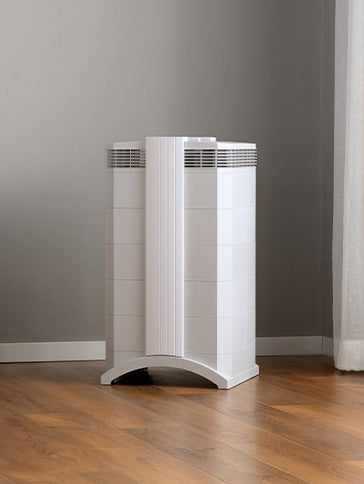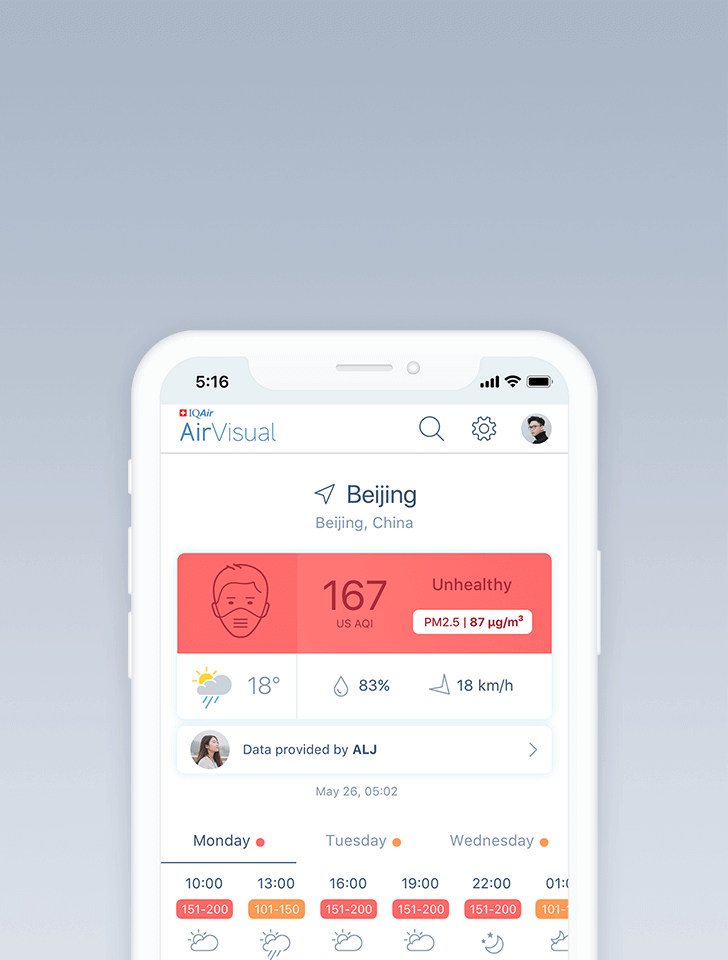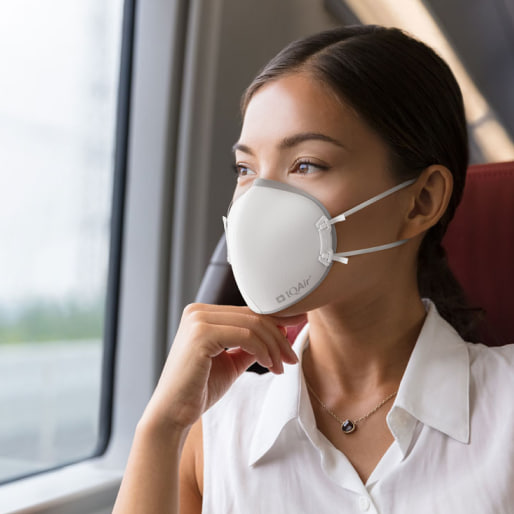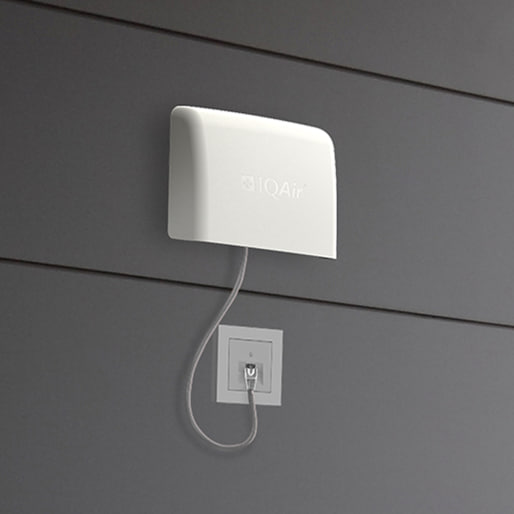Air quality in Binzhou
Air quality index (AQI) and PM2.5 air pollution in Binzhou
23.1K people follow this city

Binzhou Air Quality Map
Real-time Binzhou air pollution map
Pollen
What is the pollen count in Binzhou today?
| Index | Low | ||
| Tree pollen | Low | ||
| Grass pollen | Low | ||
| Weed pollen | None |
Weather
What is the current weather in Binzhou?
| Weather | Broken clouds |
| Temperature | 66.2°F |
| Humidity | 70% |
| Wind | 9.8 mp/h |
| Pressure | 29.9 Hg |
live aqi city ranking
Real-time China city ranking
| # | city | US AQI |
|---|---|---|
| 1 |  Zhangye, Gansu Zhangye, Gansu | 175 |
| 2 |  Yanggu, Shandong Yanggu, Shandong | 163 |
| 3 |  Wuda, Inner Mongolia Wuda, Inner Mongolia | 159 |
| 4 |  Jinchang, Gansu Jinchang, Gansu | 157 |
| 5 |  Xuchang, Henan Xuchang, Henan | 157 |
| 6 |  Yigou, Henan Yigou, Henan | 154 |
| 7 |  Hebi, Henan Hebi, Henan | 152 |
| 8 |  Shizuishan, Ningxia Shizuishan, Ningxia | 152 |
| 9 |  Xixiang, Henan Xixiang, Henan | 152 |
| 10 |  Alxa League, Inner Mongolia Alxa League, Inner Mongolia | 146 |
(local time)
SEE WORLD AQI RANKING3D animated air pollution map

live Binzhou aqi ranking
Real-time Binzhou air quality ranking
| # | station | US AQI |
|---|---|---|
| 1 | Binzhou west street office , Binzhou | 127 |
| 2 | Development Zone One Middle School | 114 |
| 3 | Di er shui chang | 114 |
| 4 | North Central New School | 102 |
| 5 | Zhonghai Hotel | 92 |
| 6 | Jinhai Sixth Road | 84 |
(local time)
SEE WORLD AQI RANKINGUS AQI
121
live AQI index
Unhealthy for sensitive groups
Overview
What is the current air quality in Binzhou?
| Air pollution level | Air quality index | Main pollutant |
|---|---|---|
| Unhealthy for sensitive groups | 121 US AQI | PM2.5 |
| Pollutants | Concentration | |
|---|---|---|
| PM2.5 | 43.5µg/m³ | |
| PM10 | 54.5µg/m³ | |
| O3 | 73µg/m³ | |
| NO2 | 20µg/m³ | |
| SO2 | 7.5µg/m³ | |
| CO | 750µg/m³ | |
PM2.5
x8.7
PM2.5 concentration in Binzhou is currently 8.7 times the WHO annual air quality guideline value
Health Recommendations
What is the current air quality in Binzhou?
| Reduce outdoor exercise | |
| Close your windows to avoid dirty outdoor air GET A MONITOR | |
| Sensitive groups should wear a mask outdoors GET A MASK | |
| Run an air purifier GET AN AIR PURIFIER |
Forecast
Binzhou air quality index (AQI) forecast
| Day | Pollution level | Weather | Temperature | Wind |
|---|---|---|---|---|
| Tuesday, May 21 | Unhealthy for sensitive groups 107 AQI US | 86° 57.2° | ||
| Wednesday, May 22 | Unhealthy for sensitive groups 109 AQI US | 93.2° 68° | ||
| Thursday, May 23 | Moderate 89 AQI US | 96.8° 66.2° | ||
| Today | Unhealthy for sensitive groups 121 AQI US | 82.4° 60.8° | ||
| Saturday, May 25 | Moderate 90 AQI US | 89.6° 64.4° | ||
| Sunday, May 26 | Unhealthy for sensitive groups 108 AQI US | 84.2° 64.4° | ||
| Monday, May 27 | Moderate 69 AQI US | 86° 59° | ||
| Tuesday, May 28 | Moderate 64 AQI US | 95° 66.2° | ||
| Wednesday, May 29 | Moderate 82 AQI US | 93.2° 77° | ||
| Thursday, May 30 | Unhealthy for sensitive groups 107 AQI US | 95° 71.6° |
Interested in hourly forecast? Get the app
How to best protect from air pollution?
AIR QUALITY ANALYSIS AND STATISTICS FOR Binzhou
What is the current level of air pollution in Binzhou?
Binzhou, which was formerly also known as Putai, is a prefecture-level city in northern Shandong Province in the People's Republic of China. It can be found on the northern banks of the Yellow River. Its 2019 population was almost 4 million inhabitants. As a prefecture-level city, it administers seven county-level divisions, including two districts, one county-level city and four counties.
During the first half of 2021, Binzhou was experiencing a period of “Moderate” quality air with a US AQI reading of 77. This United States Air Quality Index figure is an internationally recognised way of measuring air pollution in a way that comparisons can be made between different cities in different countries.
To help determine this figure there are usually six main pollutants that are measured and used as a benchmark. The concentration levels of the six pollutants in Binzhou were as follows: PM2.5 - 24.5 µg/m³, PM10 - 68.5 µg/m³, ozone (O3) - 70 µg/m³, nitrogen dioxide (NO2) - 21 µg/m³, sulphur dioxide (SO2) - 19.5 µg/m³ and carbon monoxide (CO) - 1100 µg/m³. With elevated levels such as these, the advice would be to stay indoors and close doors and windows to prevent the ingress of more dirty air into the rooms. Those people of a sensitive disposition towards polluted air should not venture outside until the air quality improves. The table published at the top of this page should help decide when that can be.
Does the level of air pollution vary in Binzhou throughout the year?
Air pollution is very volatile as it can be affected by many variables such as weather conditions and sunlight.
The latest figures for 2020 have been published on the IQAir website and it can be seen that the pattern is fragmented throughout the year. During the months of June, August and September, the air quality was “Moderate” with figures between 12.1 and 35.4 µg/m³. The spring months of March, April and May saw a decline in quality when the air was “Unhealthy for sensitive groups” with figures between 35.5 and 55.4 µg/m³. The same occurred in July (36.3 µg/m³) and again in October and November (45.4 and 53.7 µg/m³). Understandably, the months with the poorest air quality were the winter months of December, January and February when coal is used as an energy source for heating. During this period, the air quality was classified as being “Unhealthy” with figures between 55.5 and 150.4 µg/m³.
Historic records have been kept since 2017 when monitoring first began. A figure of 66.8 µg/m³ was noted in that first year and it can be seen to improve year-on-year ever since. In 2018 the measurement for the average annual rate was 55.8 µg/m³, falling to 53.6 µg/m³ in 2019. A further reduction was noted for 2020 with a low figure of 49 µg/m³. However, because of the restrictions imposed due to the COVID-19 pandemic, this figure could well change over the next few months. The use of most private vehicles was prohibited and many non-essential industrial operations were suspended. This had a marked effect on air quality.
What is the source of air pollution in Binzhou?
In recent years, Binzhou City has closely focused on the strategy of "industrially prospering the city", and the pace of industrial economic development has accelerated, and economic benefits have further improved. Along with economic development, Binzhou has also paid a heavy price. The rapid development of industry has brought about a large amount of pollutant gas emissions, which has caused serious air pollution and reduced air quality. As a result, Binzhou’s air quality ranks low in the country.
In addition to the four sources, which are the heavy industrial structure, the coal energy structure, the diesel truck transportation structure, and the unreasonable agricultural input structure, the problem of air pollution lies in the inadequate implementation of certain job responsibilities and the main body of pollution control by individual enterprises. The implementation of responsibilities is not in place; the supervision methods are single and the scientific and technological support is insufficient; the burning of straw and weeds sometimes occur.
What can be done to clean the air in and around Binzhou?
By 2020, the average concentration of fine particulate matter (PM2.5) and inhalable particulate matter (PM10) was controlled to 52 µg/m³ and 81 µg/m³ respectively; the average concentration of sulphur dioxide and nitrogen oxides reached the national secondary standards and continue to improve. Total emission reduction indicates the city's total emissions of chemical oxygen demand, ammonia nitrogen, sulphur dioxide, and nitrogen oxides decreased by 1.9%, 3.0%, 2.2%, and 7.4% respectively year-on-year.
The local government attaches great importance to the analysis of PM2.5 sources. The municipal science and technology bureau or the environmental protection bureau shall take the lead to transfer relevant personnel to set up a working organisation to implement target responsibilities, and the municipal finance will provide special funds for funding guarantees.
By carrying out PM2.5 source analysis and combining the research results, effective prevention and control measures such as adjusting the industrial structure, comprehensively treating soot pollution, and increasing the management of motor vehicle exhaust pollution can be taken to reduce the concentration of PM2.5. Reduce the impact on the haze weather, gradually improve the air quality of the urban residential environment, so that the general public can enjoy more blue sky.
What effect does PM2.5 have on human health?
In recent years, haze weather has become a major factor that disturbs people's healthy lives. There are more and more problems caused by smog. PM2.5 can enter the blood through the bronchi and alveoli. The harmful gases and heavy metals in it are dissolved in the blood, which is extremely harmful to human health.
Air pollution from particulate matter (PM) is mainly the result of the burning of fossil fuels. It is considered the deadliest form of air pollution worldwide.
Fine suspended particulates (PM2.5): It has been classified as a first-class carcinogen by the World Health Organisation. It is easy to adhere to mercury, lead, sulphuric acid, benzene, dioxin and other carcinogens to penetrate into the trachea and bronchus, penetrate the air bubbles in the lungs, and enter directly into the bloodstream and then circulate throughout the body and reach various organs of the human body.
















